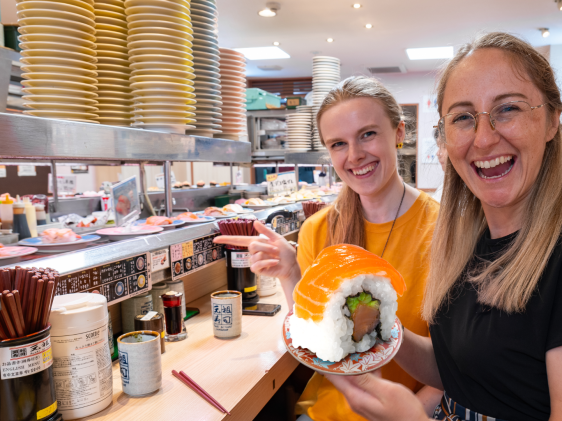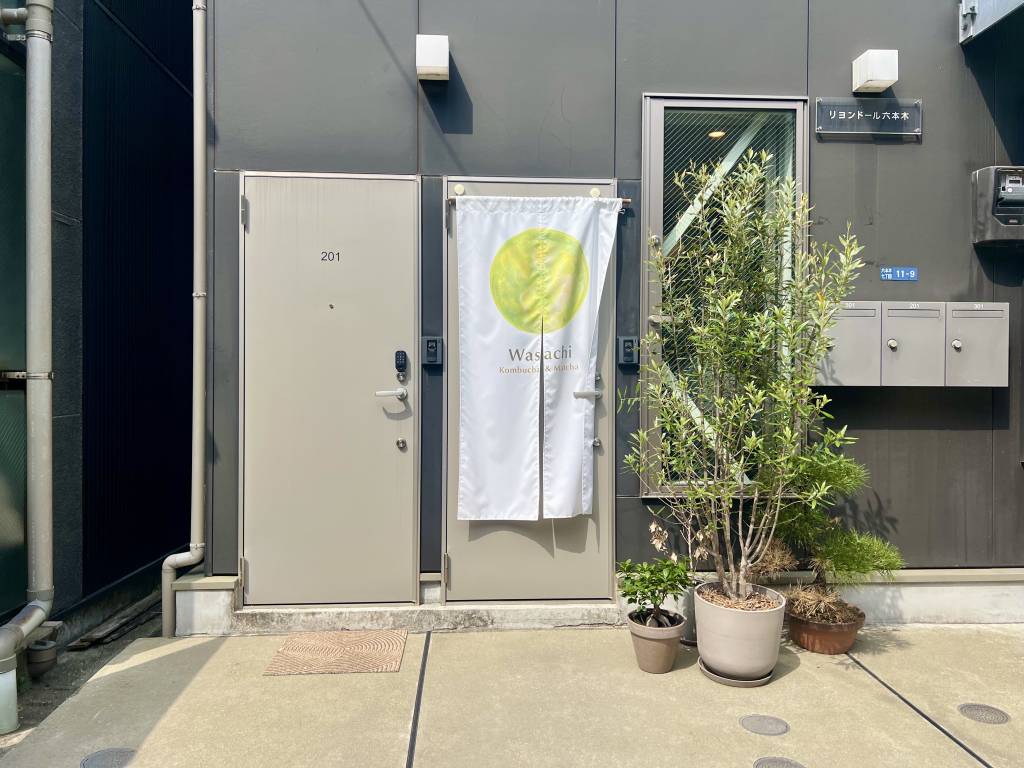When you hear the word “museum”, it’s not unusual to think of dusty displays and long-winded descriptions, but these weird museums in Tokyo do things differently.
Well, okay, we’re using the word “museum” loosely here — Tokyo has been flexible in its approach to classifying places as museums, to say the least. So while there are plenty of great and informative history museums, there are also more unconventional “museums” — from the hard-to-define to the just plain weird. The latter are what we want to talk about today, Tokyo’s weird museums. Let’s dive in.
Pro tip: Keen to explore some of Tokyo’s less weird but still fun museums? Check out 6 Cute Pop-Culture Museums in Tokyo.
Meguro Parasitological Museum
FreeMeguro

Trying to convert someone to vegetarianism? Desperate to strengthen your resolve in the face of sushi and yakitori? Then head to the king of weird museums in Tokyo — Meguro Parasitological Museum. You’ll see tapeworms the length of buses and never look at red meat in the same way again. Or maybe you are made of stronger stuff than us, and actually like these things.
Whatever your reason for visiting, the Meguro Parasitological Museum is a two floor tour through the horrors of parasites. Expects to see jars of specimens and lots of informative displays. And while normally, it can be frustrating when there’s no English translation, this time you may be thankful. As they say — a picture is worth a thousand words (and this time it’s a thousand words more than you ever wanted).
Unko Museum
¥1,800Odaiba

For the uninitiated, let’s get this out of the way — unko means ‘poop’. This is a poop museum, but with a kawaii (cute) angle. The main focus of the Unko Museum entertainment and kawaii factor, so don’t expect to learn too much here. Instead, bask in the aesthetic appeal of perfectly formed neon and pastel poops. There are lots of areas to take instragram-worthy photos, along with interactive displays, and even a “crappy arcade.”
Note that there are no actual bathrooms inside the museum. However, you will be asked to sit on a colorful toilet and grunt like you’re doing your business, in order to make your own unko. You get to keep it, and if you’re so inclined a staff member will give you a stick to put it on.
The Unko Museum is popular with kids and high schoolers, so it can get pretty busy on weekends. We recommend savings yourself some time by buying tickets online.
If that’s not enough poop for you, you can also check out the Tokyo Sewerage Museum “Rainbow.”
High School students: ¥1,400
Middle School students: ¥1,400
Elementary School students: ¥900
Ghibli Museum
¥1,000 for adultsMitaka

A larger-than-life wonderland, the Ghibli Museum provides a walk-through experience of the animation world and the development of the beloved Studio Ghibli films. With an open-air section and plenty of amazing rooms filled with working zoetropes, this is genuinely a joyous experience for everyone, whatever the age. The real bonus is the cinema which screens a rotation of short-films unavailable anywhere else in the world. Also, the museum shop here has a hell of a lot more than erasers and novelty pencils, be strong, or you may have to remortgage that non-existent house you have.
Read our full Ghibli Museum guide here.
Children: ¥100
High School students: ¥700
Elementary School students: ¥400
The Criminal Materials Department at Meiji University Museum
FreeKanda

For those with an interest in the macabre, head over to Meiji University Museum for a grim look into the history of crime and punishment in Japan. You can follow the development chronologically, with tempting exhibition titles including “Culprits of the Edo Period,” “Torture and Tribunal,” and “Execution and Correction”. Using real artifacts from throughout the ages, you can even see a genuine French guillotine and a replica of the iron maiden of Rothenburg. While the tools of torture on display are long out of use, seeing this kind of exhibition in a country that still uses the death penalty is a pretty chilling experience. The museum is a short walk from JR Ochanomizu Station and is free to enter.
Atami Adult Museum
¥1,700Atami, Shizuoka Prefecture
The strictly 18+ Atami Adult Museum is not for the shy, as is made abundantly clear by the love doll-esque mermaid and phallic-headed turtle who greet you at the entrance. Spread out over several floors, the exhibitions range from historical — with Edo Period (1603-1867) silk condoms and antique wooden dildos — to porn peep holes, and interactive exhibits that you can (consensually) touch. Keep in mind that no photography is allowed inside the museum.
If you want to visit, you’ll have to head to Atami, which takes about 40 minutes from Tokyo on the Shinkansen.
While we do our best to ensure it’s correct, information is subject to change. Last updated in June 2023 by Maria Danuco.




































